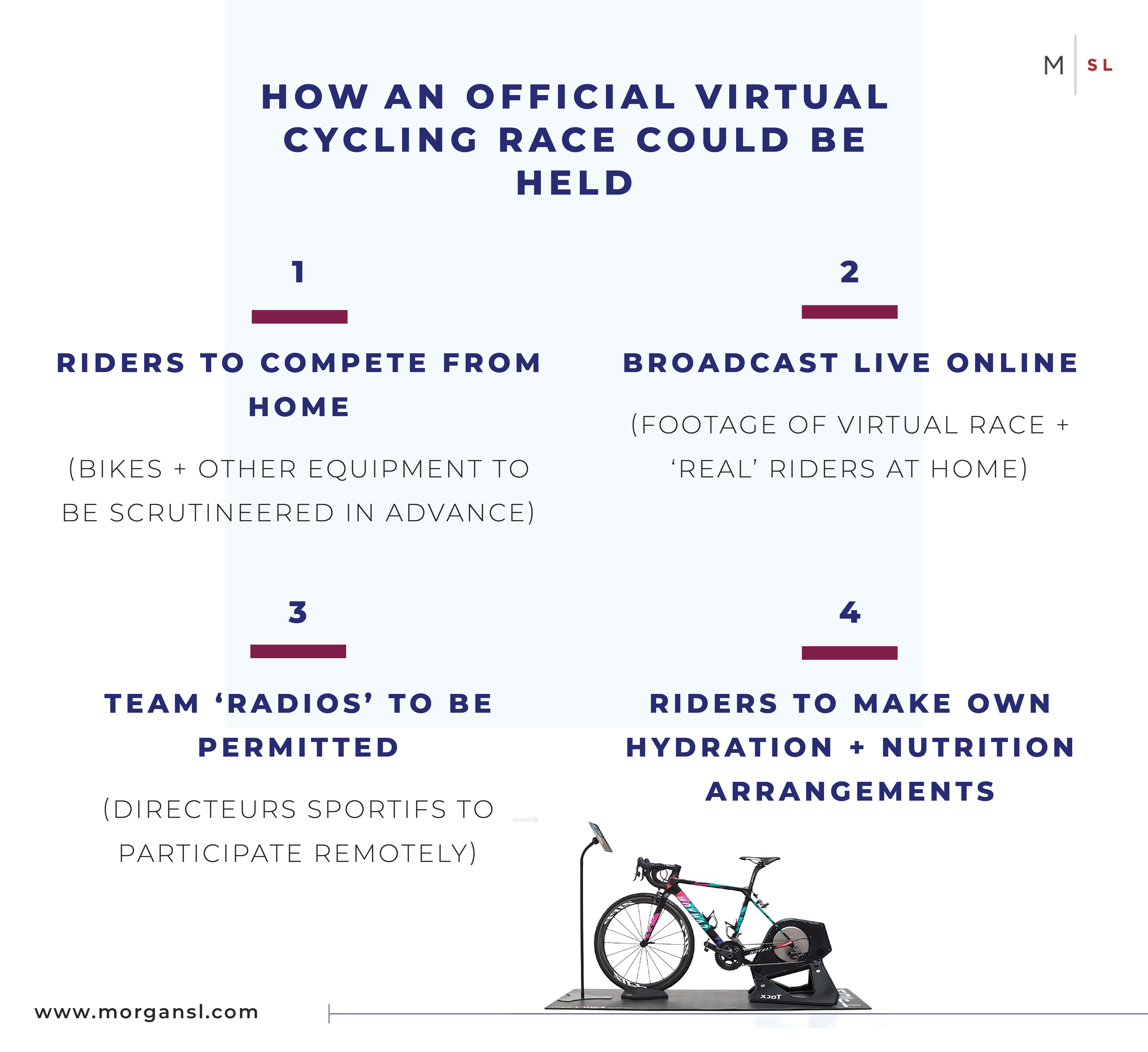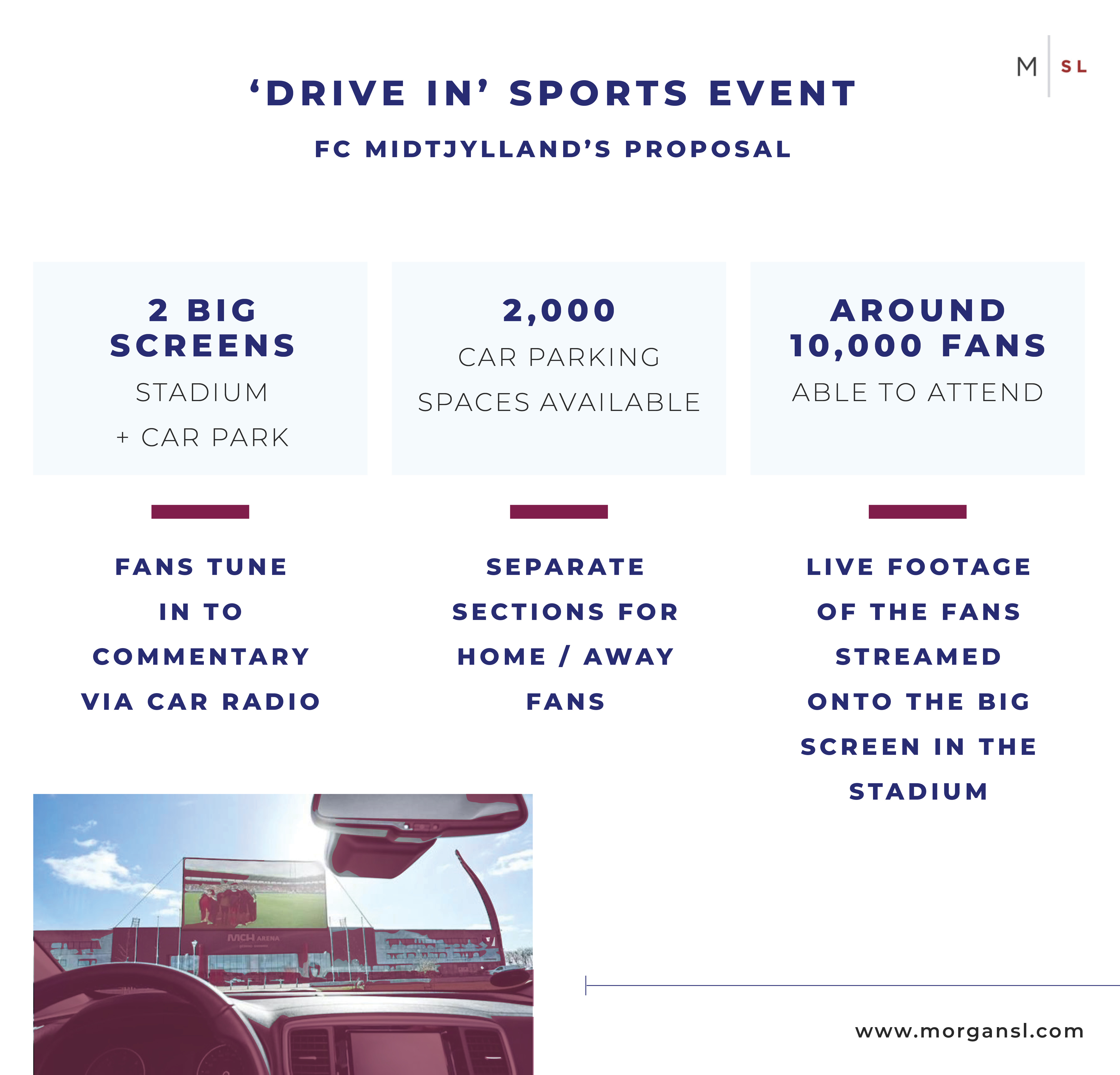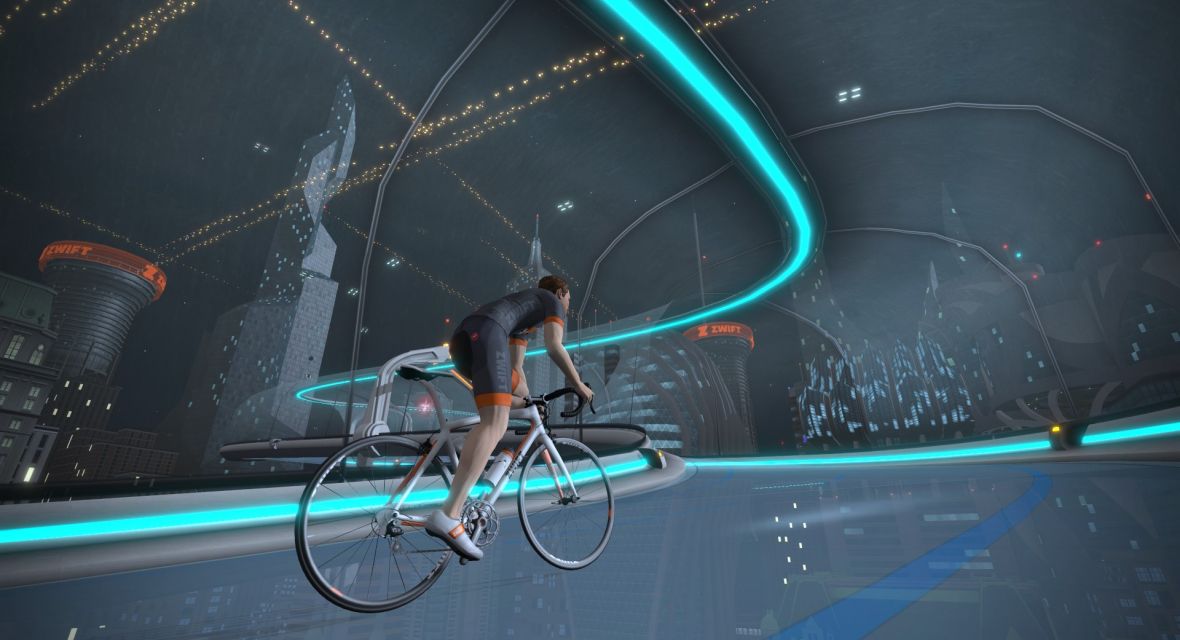The show must go on: sports in a COVID-19 world
Introduction
Notwithstanding the Bundesliga’s recent, and much heralded, return to play (if not normality), it remains the case that the vast majority of the sporting world remains in stasis due to the COVID-19 pandemic. Moreover, given the attendant health risks, it is clear that there will be no return to normalcy for the foreseeable future.
That being the case, sports bodies have, similarly to other event organisers, been required to innovate. This article explores some of the more creative measures that have been taken or proposed by sports administrators in order to allow the show to go on.
The legal challenges posed by a return to play have already been examined in great depth elsewhere, and are therefore not considered in this article.
1. Going virtual
One of the main sources of sporting entertainment in recent weeks has been esports. Indeed, the degree of publicity which has been afforded to esports by a story-hungry sports media would have been unthinkable a few months ago.
In that regard, it will be particularly interesting to see if, following the return of traditional sports, certain esports are able to accelerate their push into the mainstream as a result of their recently increased exposure.
One advantage that esports have over traditional sports is that anyone can compete against anyone. Formula 1’s Virtual Grand Prix series has certainly taken advantage of that opportunity, with celebrities such as Ben Stokes competing against current Formula 1 stars such as Charles Leclerc in races which have been very widely viewed.
In addition, and perhaps surprisingly, entirely simulated virtual contests have also proved popular. For example, the Virtual Grand National, a computer simulated horse race where there was no human involvement at all, was watched by 4.8 million people. It remains to be seen whether such simulated contests can retain their popularity once the novelty has worn off.
2. Competing from home
Whilst esports are perhaps unlikely (at least for now) to win over the traditionalist, certain sports have harnessed technology in order to allow athletes to ‘work from home’.
For example, the Professional Darts Corporation has broadcast the Home Tour, which has seen live competition between darts players using their own boards in their own homes. Whilst the atmosphere, or lack thereof, has been far removed from a typical darts event, viewing figures have apparently been encouraging.
Moreover, thanks to modern technology, competitions can also be held in sports which would not seem on first consideration to be well suited to remote participation. For example, virtual cycling platforms (in which the virtual rider’s progress on screen is determined by the home rider’s efforts on a stationary bike) can be utilised both by professionals and amateurs. Indeed, Team INEOS has held competitions between its own riders using the Zwift platform. Thus, whilst a UCI-sanctioned virtual race is seemingly not in the pipeline, it is not necessarily a pipe dream, notwithstanding that such an event would likely require significant amendments (or additions) to the UCI’s existing rules and regulations.

3. Combatting the lack of atmosphere in empty stadia
As regards those sports in which remote competition is impossible (such as football), it is now widely accepted that competition will initially resume in stadia that are empty of fans.
Given that it is widely acknowledged that athletic performance is boosted by spectator support, and that television viewers are attracted not only by athletic performance but also by the broader spectacle, sports stakeholders have come up with various novel ideas as to how to combat the lack of atmosphere that results from an empty stadium.
Some of those ideas, such as FC Seoul’s decision to fill the stands with sex dolls, would have been better left on the drawing board. However, others, such as a Yamaha-designed cheering app or FC Midtjylland’s proposal of a ‘football drive in’, show more promise.
The latter proposal would allow fans to watch matches on a big screen whilst parked in the stadium car park, with footage of the fans in their cars then being beamed onto the stadium big screen such that the players will be aware of the fans’ presence and support.
Given that spectator presence in a stadium seems a distant prospect, we can no doubt expect many clubs and administrators to follow FC Midtjylland and Yamaha’s lead by introducing various new approaches in the coming weeks and months.

4. Private islands
UFC recently resumed behind closed doors in Jacksonville. However, the ongoing international travel restrictions limit the pool of potential competitors. In response to that issue, Dana White (UFC President) has announced that fights will be held on a private island.
Other sports have at various stages also floated the idea of moving their competitions to tropical islands, or, in the case of the Premier League, to the more prosaic environs of the National Football Centre at St George’s Park. However, those proposals have been intended to limit participants’ exposure to the outside world (and thus to potential infection), and not to avoid the reach of travel restrictions.
The location of UFC’s ‘fight island’ has not yet been announced, and it remains to be seen how certain travel restrictions will be sidestepped, but where there is a will (and money to be made) there is perhaps a way.
5. PPE and sport
Until recently it would have been difficult to envisage athletes competing in medical masks or surgical gloves. However, given current events, it will not be surprising if such a step is taken. Indeed, the substitutes and club staff in the recent round of Bundesliga matches all sported masks whilst, in France and Germany, jockeys have been wearing masks whilst racing. One therefore imagines that the development of sport-specific PPE is already afoot.
Conclusion
Necessity is the mother of invention, and the sporting world is no exception to that truth. We can therefore expect to see yet more innovation as to the manner in which professional sport is performed and broadcast in the coming months.
Footnote
1. An example, when more than 12 million people logged in to watch the “stunning spectacle” of rapper Travis Scott performing within the video game Fortnite.
2. The debut Virtual Grand Prix attracted 3.2 million viewers.


